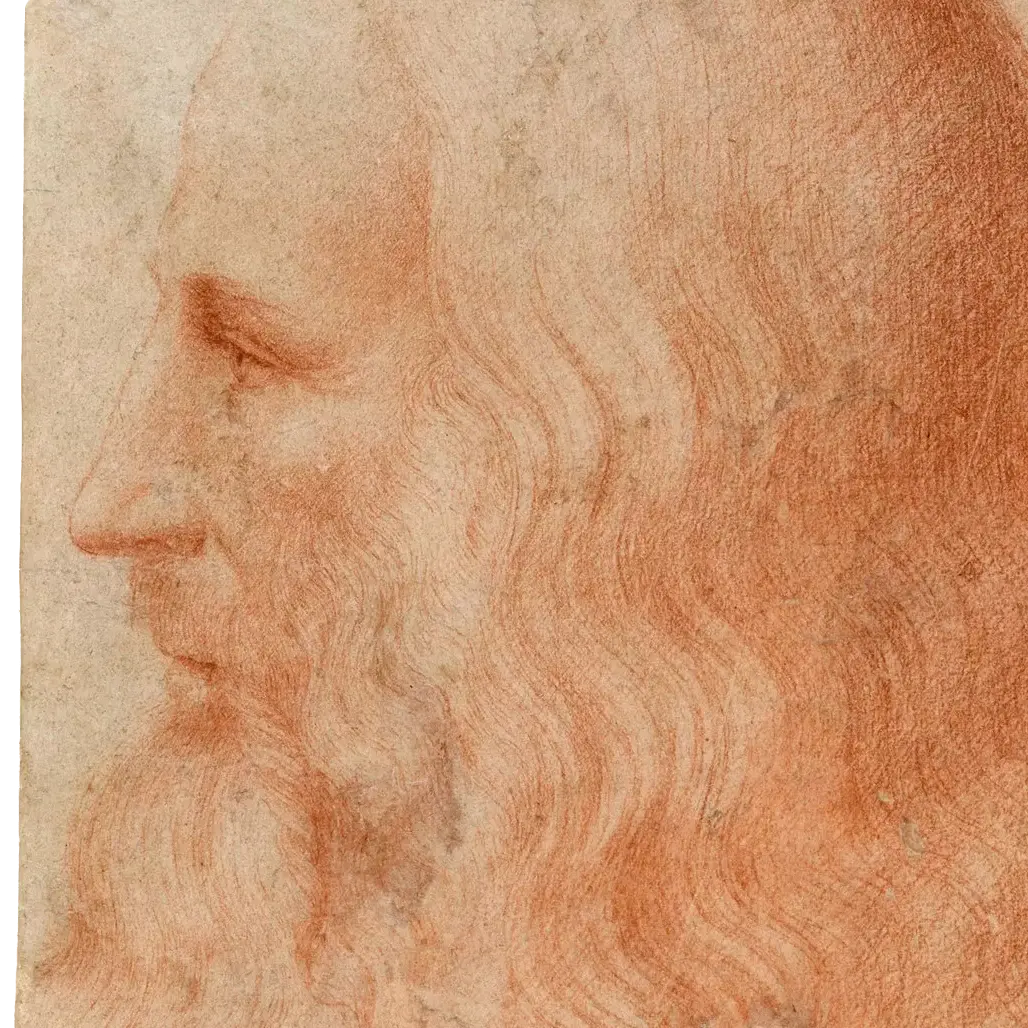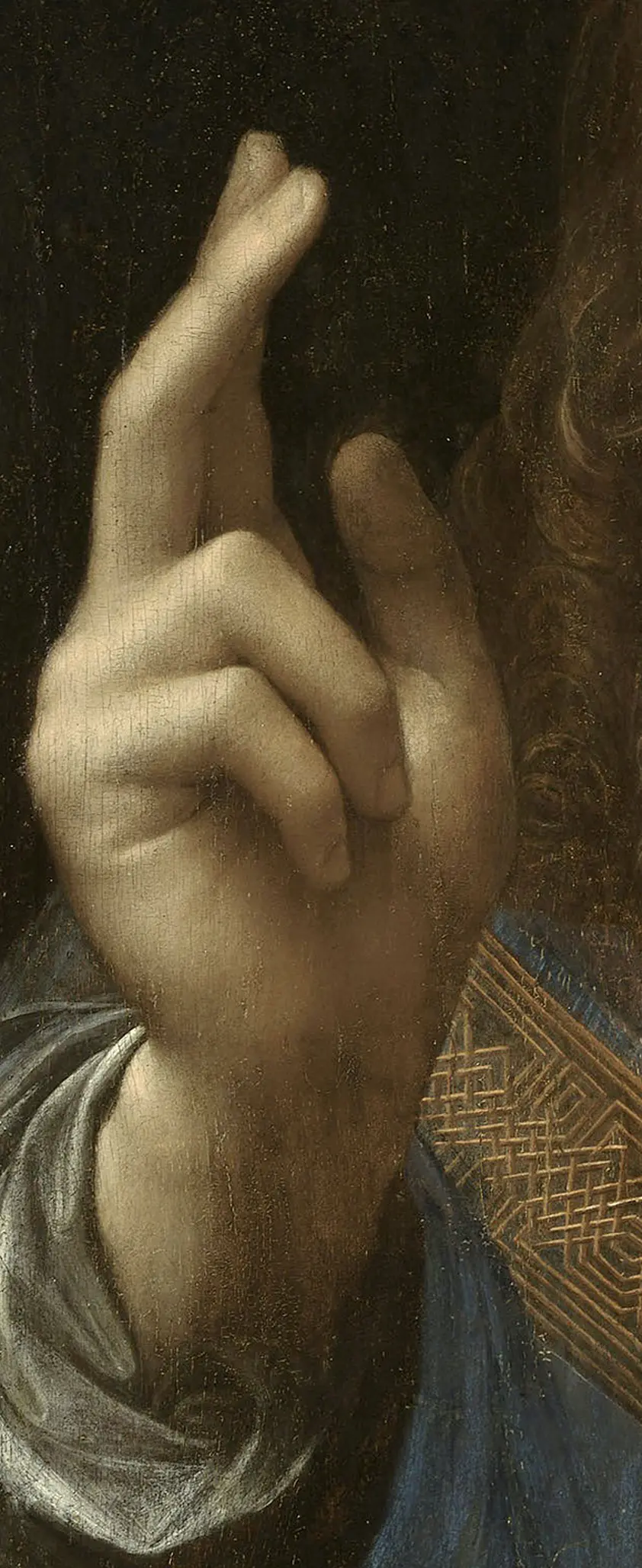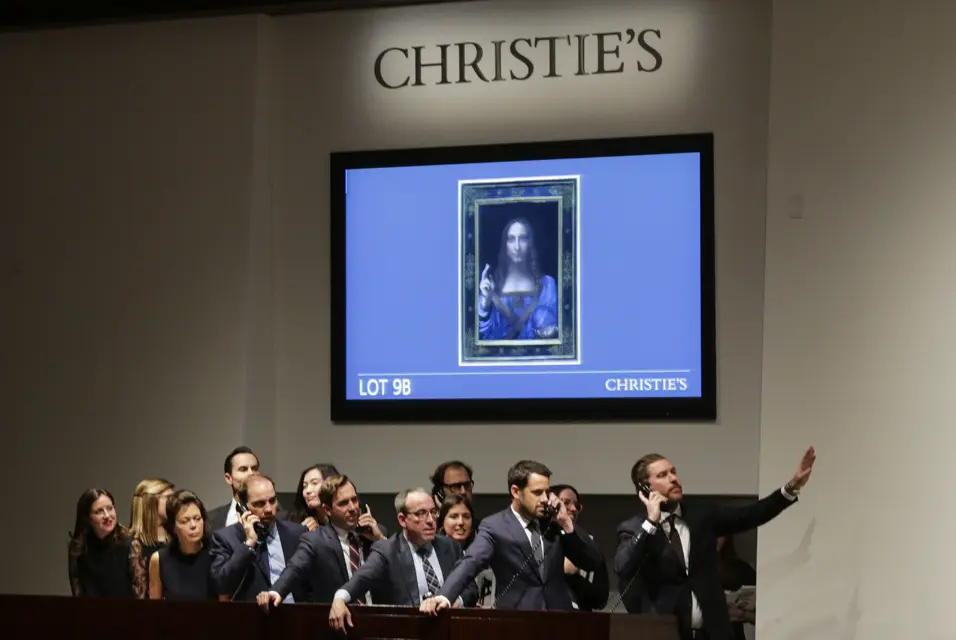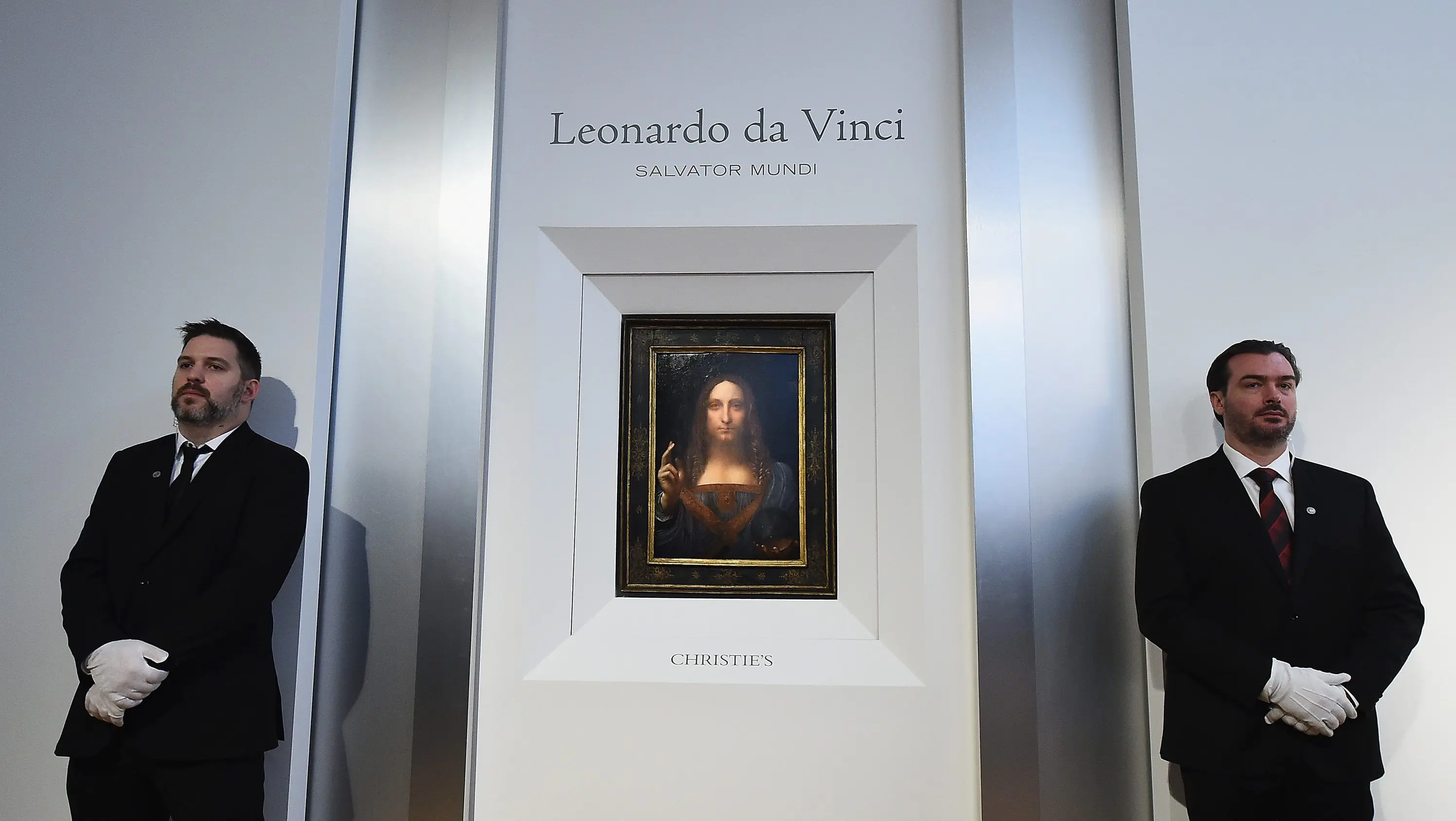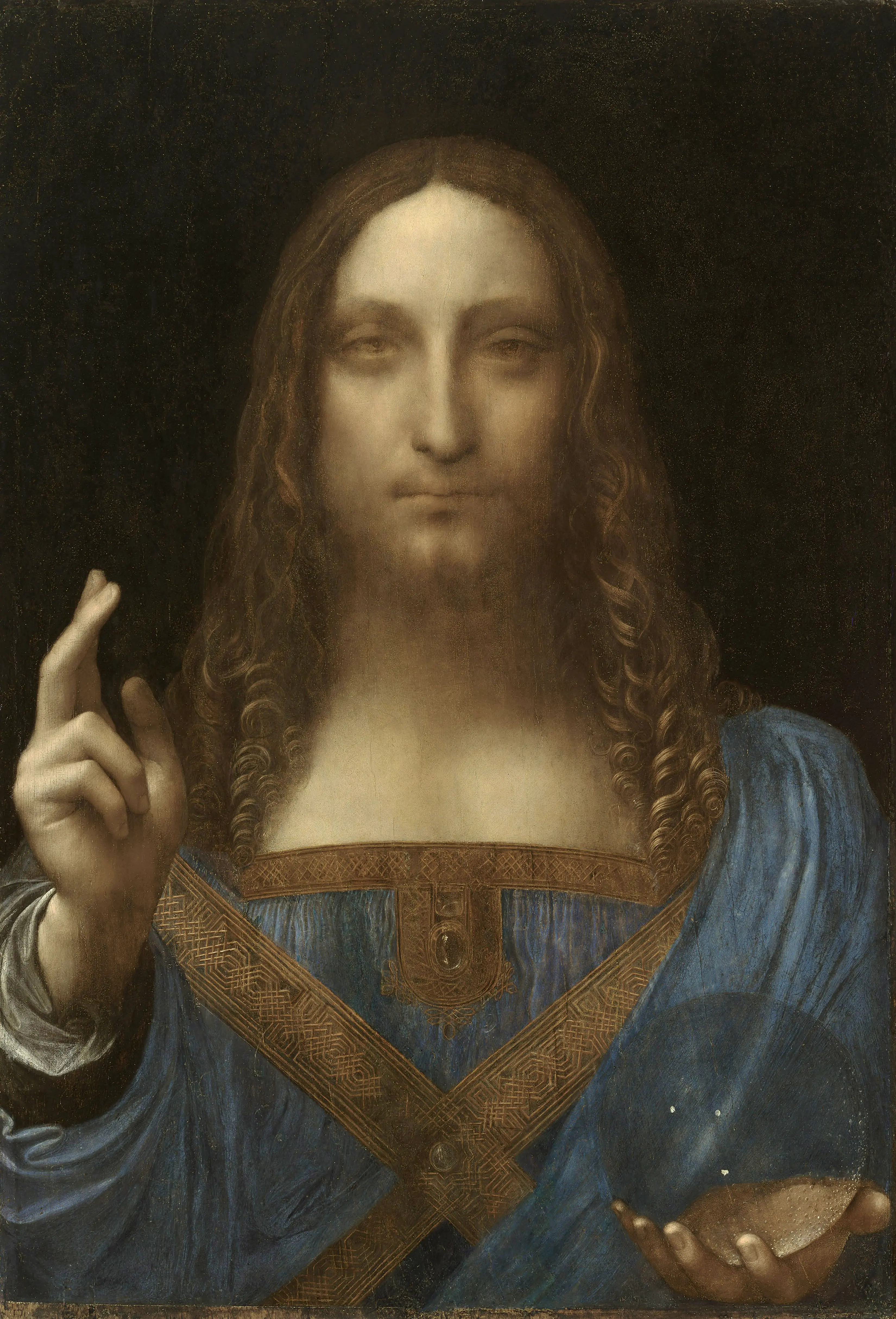Similarly alluring is the transaction history of this painting. Originally a commission for King Louis VII around 1500, it was next recorded in the possession of Henrietta Maria and King Charles I of England. After the execution of King Charles I the painting was sold to pay off debts, though was again returned when the crown was restored with King Charles II. It was then passed to his successor King James II, eventually making its way into the collection of Buckingham House. In 1763 Buckingham House was sold, became Buckingham Palace, and its contents were sold along with it, including Salvator Mundi. From that sale until its purchase by Francis Cooke in the 19th century its location was unknown. It was sold to Cooke, a prominent collector, as a copy by a follower of da Vinci, and remained in his collection until 1958. Not much attention was paid to the piece and it was sold that year at Sotheby's for 45 pounds. It remained in collections in the United States until 2005 when it was sold again as a copy in Louisiana to a consortium lead by Robert Simon. There was hope that the piece may come to light as a genuine da Vinci creation. It was at this point that the restoration of the painting was tasked to Diane Modestini.
When Modestini began her work on the painting she claimed that it being an original by da Vinci was not even a thought in her mind. The piece was heavily overpainted at the time and was widely accepted as the work of an influenced da Vinci follower or simply a copy. The discovery of a pentimento acted as a powerful moment in which this painting's legitimacy as a genuine da Vinci began to take hold. Pentimento is a term used to indicate a change in heart by the artist during the creation process. The change of heart uncovered in this instance was the adjustment of the positioning of Christ's thumb on his hand giving the blessing. After the discovery of this adjustment, further microscopic inspection and special X-ray scans revealed even more, such as the V in Christ's robes being moved slightly downwards and a pendant placed in a new spot. Someone making a copy of a painting would not take these steps of adjustment. Also, found along the upper lip, are minute holes filled with dark charcoal-like dust, indicating the transfer of a drawing onto the surface before its creation, another step that would not be taken in the creation of a copy. Such physical discoveries helped to build the case supporting Leonardo da Vinci's creation of the Salvator Mundi.
